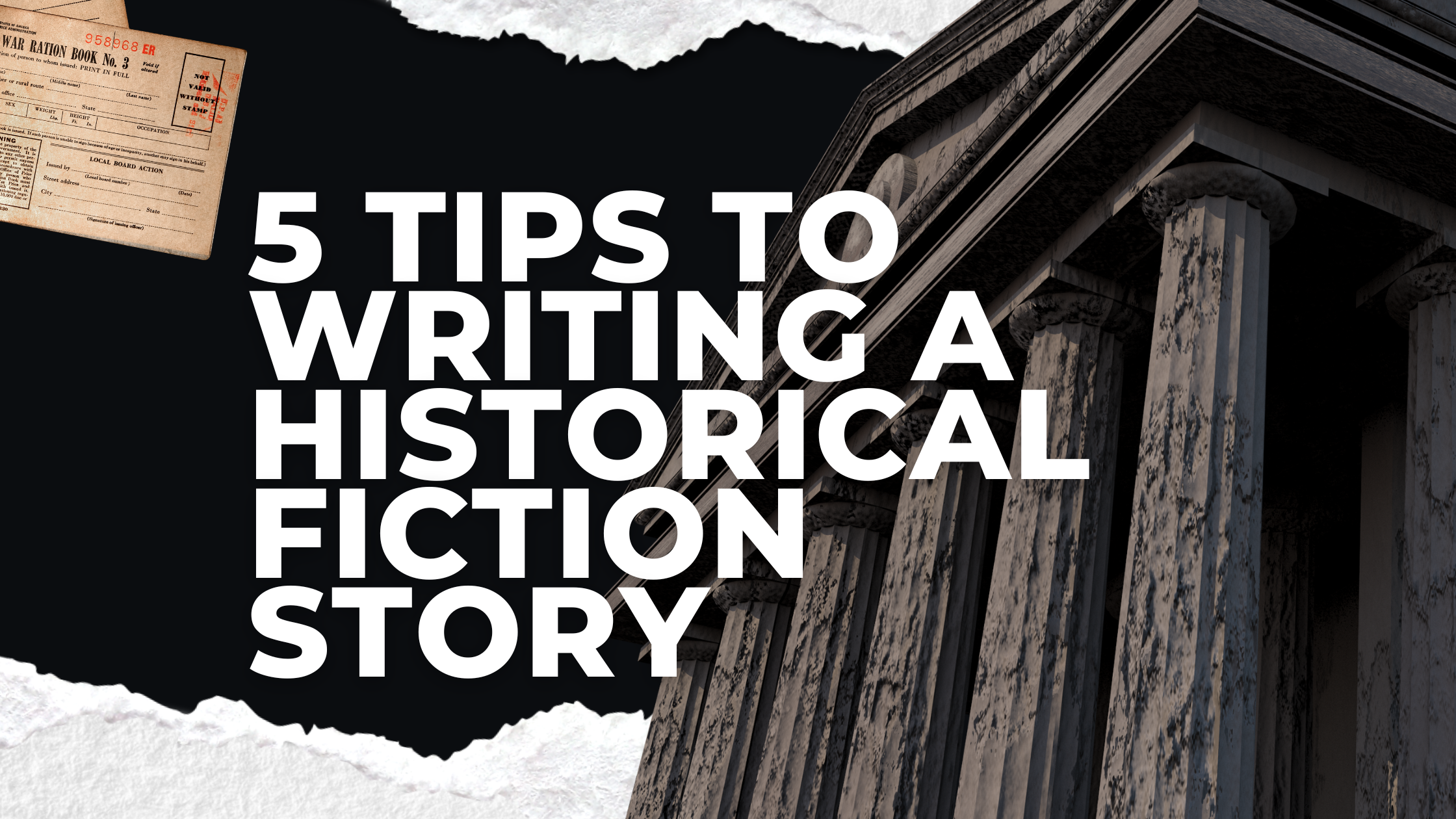5 tips to writing a historical fiction story
- December 15, 2022
- Publishing
To write books set in a different era, historical fiction writers must acquire specialised writing abilities. Historical fiction has a special quality. It combines the excitement of discovering a fantastical world with realism. Reading engaging historical fiction teaches you about the way various individuals lived in various eras. Here are five suggestions for crafting a historical fiction story.
Do plenty of research
One of the first stages on your path to becoming a historical fiction author is research. You are about to go down a lot of research rabbit holes, there is a wealth of information that historical fiction authors need to be aware of, from prehistoric silverware to mediaeval agricultural methods. Your starting point should be secondary sources, but you should also use primary sources, especially letters, newspaper articles, and diary entries.
Decide for yourself when to change history in order to tell a better story
As many authors of historical fiction as there are, there are many different views on how accurate historical fiction should be. These views range considerably from those who see accuracy as a nice to have to those who can be, well, a little bit fussy. It’s understandable and healthy for historical fiction writers to worry about possible criticism if they slightly alter the historical record, but ultimately, you have to create a good narrative and you can’t please everyone.
Freewriting
If you’re having trouble coming up with ideas, freewriting is a terrific solution. Take about 10 to 20 minutes simply scribbling in a notebook without necessarily paying attention to your desired project. Then, gradually begin to consider a particular time period. Start by outlining your personal perspective on this time period from all angles you believe may be pertinent. The thoughts will start to flow as soon as you settle your mind into the practise of freewriting.
Keep dialogue modern
Occasionally using an out-of-date slang phrase or idiom might be beneficial. Another thing to keep in mind is that you definitely need to watch the emotions of your characters, especially for commercial novelists. By today’s standards, an English gentleman born in the nineteenth century would have been racial and homophobic. You’ll still require modern readers’ empathy, therefore you’ll need to be subtle with these problems.
Build your words
Give readers historical context for your story by including historical information about daily life in the setting. Balance these unusual elements with more commonplace aspects to keep the narrative realistic. However, make sure that every aspect of your world-building contributes to the plot rather than just being added for its own sake.
A history book will not describe the Saint-Malo bombing like Doerr does. There isn’t a firsthand report, a newspaper clipping, or a blurry photo. Though it may linger in an archive, the path to producing a piece of historical fiction starts and finishes with your imagination.
Have something to share? If you want to write for BeStorified, read the submission guidelines.






